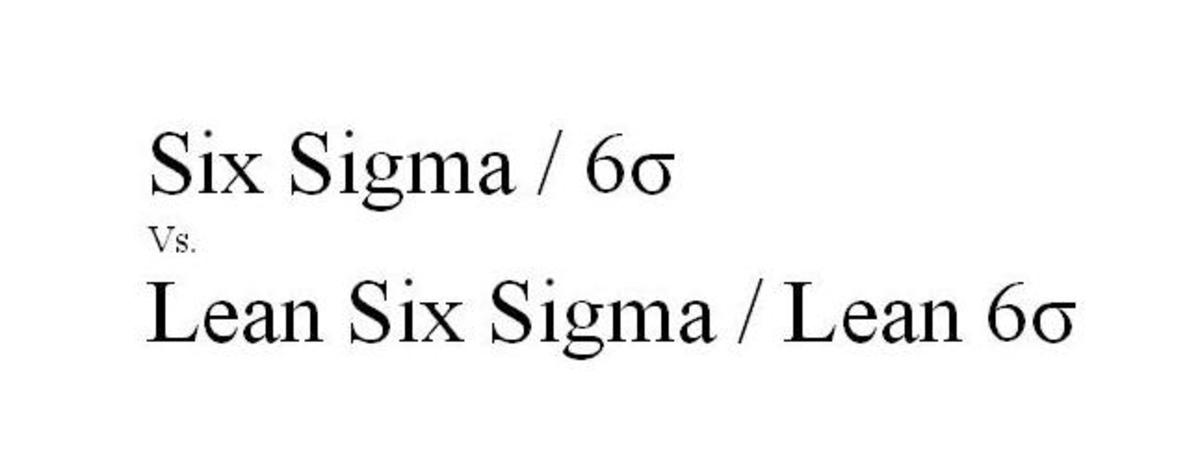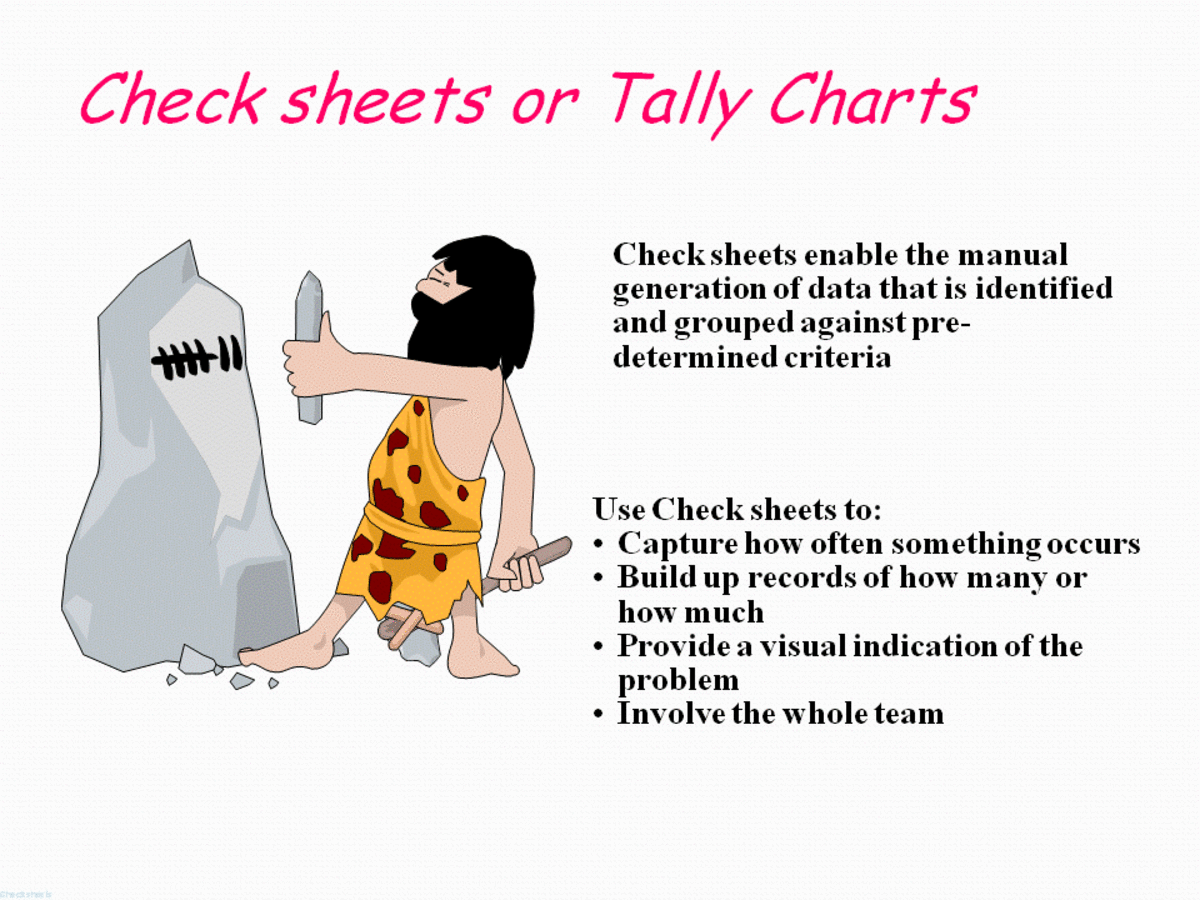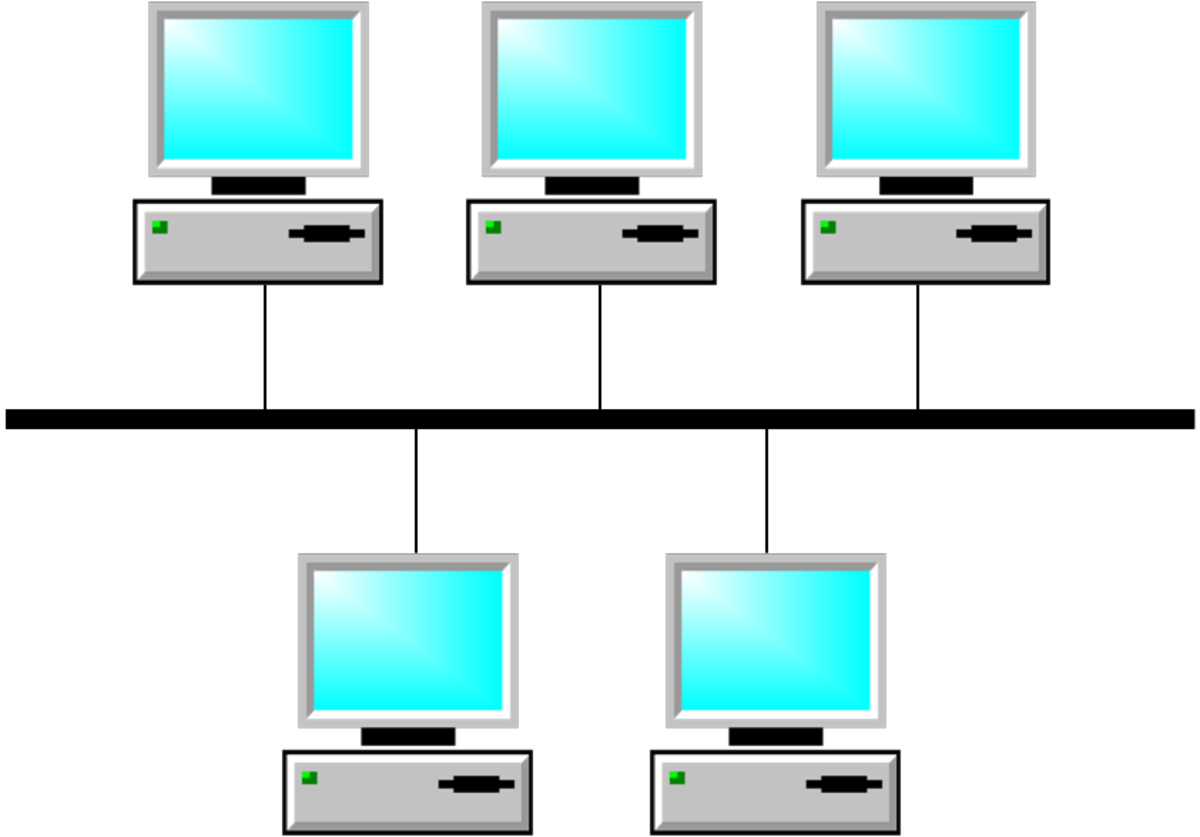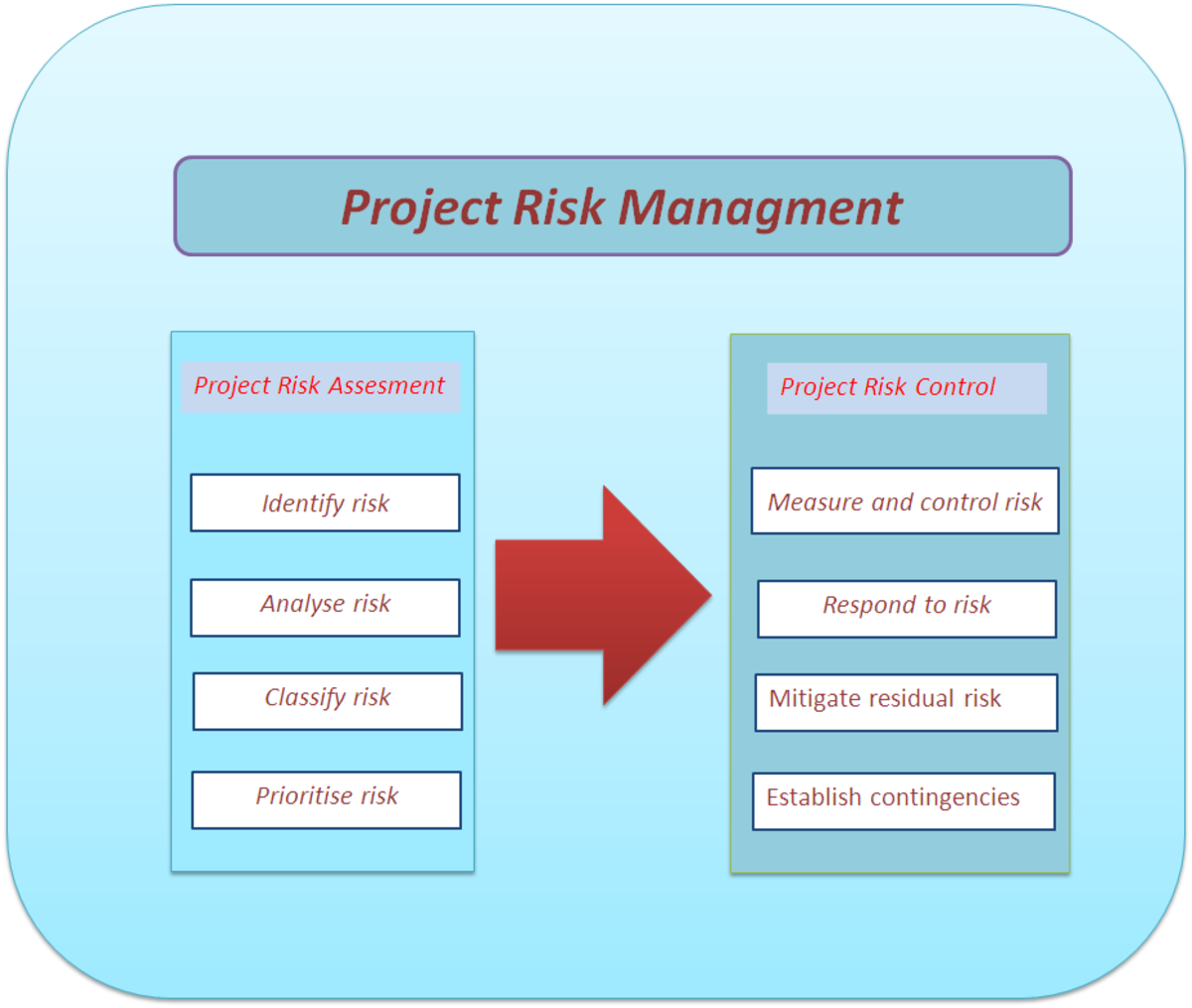Types of Process Improvement Projects in IT
Introduction
Six Sigma, Lean IT and other types of process improvement projects in IT typically fall into a few, specific categories. What are the primary types of process improvement projects in IT?

Reducing Direct Labor Costs
Reducing direct labor costs was one of the key drivers of shop floor and back office automation. By automating assembly tasks, human effort is directed to tasks that are harder to automate or allowed the same operator headcount to produce more items per shift.
Automating product tests reduces the number of testers required or frees them to work on debugging. Bar code scanners eliminate the time consuming need to walk over to a computer and enter product serial numbers. Software application interfaces import information from other tools instead of requiring users to re-enter the same information in a separate database.
Automated software updates save users time by performing the work for them. Automated report generation and shop floor automation reduce direct labor costs. Replacing paper sign off sheets with electronic document management can reduce direct labor costs by eliminating the time wasted shuffling paper and transporting forms.
Improving Quality
Whether it is adding scripts to check data inputs against specific rules, checking for duplicates before accepting a new part serial number or automatically verifying whether a part from the depot has been shipped before prior to billing the customer for it, IT process improvement projects can be aimed at improving quality.
A newer method of improving IT quality is crowdsourcing data entry verification to the crowd, letting them verify that the values entered match the scanned paper form, giving managers an independent and lower cost method of checking data entry workers’ quality.
Reducing Waste
Reducing waste may come from reducing the waste between work groups such as each manager running the same report, small purchase orders for supplies generated by facilitators instead of consolidated orders processed for the whole site and time wasted waiting for approvals in other business divisions. Reducing waste can come from lowering complexity, such as reducing the number of software tools used to perform a task like drafting software applications or requirements management.
Or reducing waste can come from simultaneously automating and standardizing processes, such as using a software application to manage common processes and thus allow managers to submit documentation for CMMI reviews electronically instead of generating tons of paperwork.

Recycling and Reuse
Reuse of existing designs and accessing lessons learned databases saves time by avoiding the wasted effort of reinventing the wheel, the airplane or your main product line. Finding new uses for hardware, such as turning old servers into user acceptance test (UAT) systems saves money while avoiding the need to dispose of it. Or turn older laptops into the clean loaner laptops that are permitted to be taken by those on travel.
An increasingly popular form of computer re-use is installing a Linux OS on an older computer with less CPU and memory than the latest and greatest computers before donating them to schools and non-profits. This does not preclude converting older PCs used to access time cards and engineering drawings and little else into Linux boxes to save money on shop floor computers.
Standardization
Adopting enterprise wide tools and solutions reduces complexity and saves money. Using one software application per task, such as drafting or server monitoring, standardizes the processes a company uses while reducing the number and flavor of applications to be supported.
Selecting a single set of training for new users prevents managers from having to develop their own training, while creating a standard template document ensures that everyone uses the same document templates for presentations while saving them the time of creating their own. Another form of standardization is using a standard set of forms and procedures available through an HR database. If there is a standard desktop image all new computers receive, computer refreshes ready for users that much sooner.

Reducing Cycle Time
IT projects can also focus on reducing cycle time. Streamlining databases to enable faster queries saves thousands of users a few seconds or minutes at a time; what makes a small different for each user becomes significant multiplied across the number of queries performed each day.
Upgrading software or streamlining the processes for system backups or updates can shave hours off of a system administrator's day spent monitoring the system. Training employees better so they can perform the same processes more quickly is another method of reducing cycle time. Encouraging employees to share time saving tips with each other can also reduce cycle time, provided the short cuts are acceptable per company policy and customer needs.
Adding bandwidth to garner faster data transfers saves employees and even devices time spent waiting for a reply. Replacing human inspections with computerized QC reduces the cycle time; automating the routing of “uncertain” assemblies to quality control operators ensures that bad product doesn’t get through while reducing the overall inspection cycle time.
Increasing Flexibility
Flexibility in IT has become more practical with the expanding use of cloud computing and similar architectures. Increasing bandwidth or memory on the cloud is simply a matter of calling up the cloud solutions provider, requesting the additional resources and paying for them.
Allowing remote connections by users permits those unable to make it into the office to continue working as long as they have power and an internet connection. Increasing software application flexibility by adopting tools that can support different classes of users, such as using one data management tool as a drawing database and HR document repository, prevents redundancy.
Using scalable software architectures immediately saves time when upgrades are necessary or a few hundred new users need to gain access to the system. For example, moving from an internal network to a cloud computing infrastructure can add flexibility by allowing application managers to offer different software applications to different users regardless of where they are and allow them to quickly add a new site to the virtual server.
Environmental Goals and Waste Reduction Efforts
Twenty years ago, it might have seemed bizarre to propose a lean, green IT department with the exception of eliminating the use of lead in electronics. Advances in IT infrastructure have made lean, environmentally friendly projects a possibility within the IT department. For example, consolidating servers onto virtual servers reduces hardware and electrical costs.
Running virtual desktops through consolidated data centers reduces utility costs as long as users are accessing their virtual desktops through laptops or hand held devices instead of relying on desktop computers that are on even when the virtual desktop is not in use. Redesigning data centers to minimize cooling needs saves electricity as well as money.
Installing scripts to automatically turn off computers at night to save electricity is another example. Or it could be as simple as a pop-up message requesting users to think before they print and turn off equipment before the holidays.







